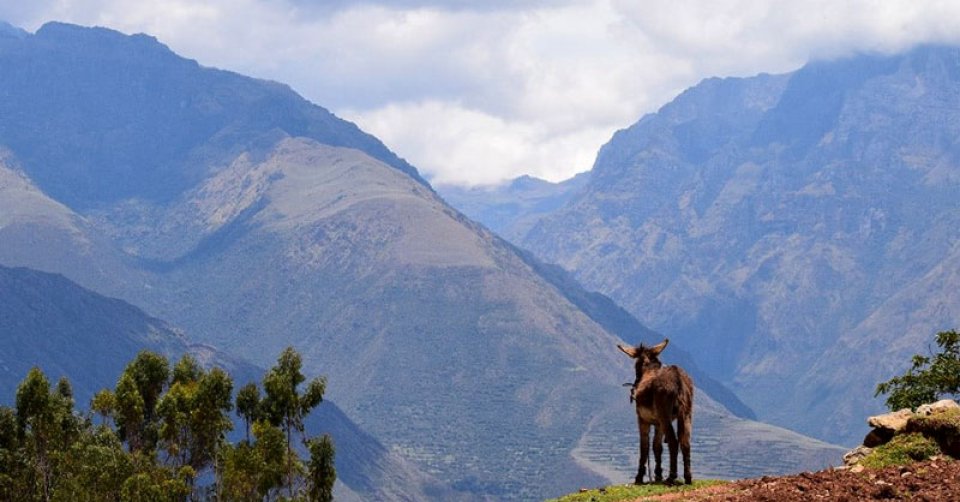
The case study involves management of the Piuray-Corimarca micro-watershed, located 28 km from the city of Cusco in Peru and covering an area of approximately 17.6 km2. More than 80% of the rural households do not have access to piped water and 60% are without electricity. The area’s major economic activities include agriculture and livestock, forest and tourism activities. The watershed is threatened by pollution from domestic sewage and agriculture and the risk of the lake’s decreasing water levels due to drought or water overharvesting. Rapid urbanisation is leading to pollution and increased demand for water in Cusco. Public funding for water is limited and no sustainable provision exists.
This case study from the SINCERE project had the goal to:
- Involve multiple stakeholders in decision-making and share intervention costs and benefits in a fair manner.
- Provide an opportunity to improve relationships between upstream communities and a downstream water company.
- The innovative mechanism (IM) consists in a payment for ecosystem services (PES) scheme which obliges water users in Cusco to pay an extra fee on the water bill to improve hydrological services.
This case study developed a Payment for Ecosystem Services (PES) scheme built around a new fee for water users in the city of Cusco, Peru, to fund the implementation of ecosystem-based interventions in watersheds.
The PES scheme was implemented in 2019 and the funds collected are used to improve hydrological services through the planting of trees and the creation of infiltration trenches. The ecosystem service supply, in terms of more and better water, is secured by local communities of the Piuray Watershed jointly with the water utility company SEDACUSCO. The water is sold to urban water users in Cusco by the company.
Although the innovative mechanism (IM) has been implemented through a participatory process, there were diverging objectives among the stakeholders. As such, inclusiveness in decision-making and benefit-sharing needs to be improved.
The PES scheme has achieved the completion of on-the-ground interventions with several communities such as reforestation with native species and the building of infiltration trenches.
The case study has provided the conditions for securing drinking water in the future for the local water users. It is, however, unclear who will benefit from the improved water regulation from the payment for ecosystem services (PES) scheme beyond that. Local communities have been compensated for their fieldwork (planting trees, digging trenches, etc.), but not for the opportunity cost of the land lost for productive purposes. The current legal framework around hydrological retributions in Peru prevents the water company from paying direct monetary compensations to upstream service providers.
The users should eventually experience a welfare gain, if the better services are not captured before reaching them.
The innovative mechanism (IM) contributes towards reforestation in the area and uses only native species for tree plantations and grassland restoration to avoid negative impacts on biodiversity.
National geographical upscaling: The financing mechanism, established by a national law on watershed payment for ecosystem services (PES), is built into the innovative mechanism (IM) and as such presents a sustainable component of the IM. In the context of this law, many drinking water companies in Peru are starting to implement PES schemes and the case study can serve as a learning pilot initiative. The success and sustainability of such PES will depend on good interactions between upstream and downstream actors; moreover, national legislation prohibiting direct payments/ benefits to the service-providing landowners and communities is problematic.
Upscaling to other schemes: The PES scheme is already a well-documented arrangement that covers several different schemes. There are other related instruments in place in Peru to enhance the protection of watersheds and to conserve carbon.
Upscaling in scope: The design based on upstream-downstream use value is well-known in PES literature. The principles may play over to other similar cases, as in the classic irrigation problem along a river. There may also be upstream-downstream cases where a time lag rather than a spatial lag creates the interrelationship between different, e.g. seasonal, users of a resource.
Upscaling to other countries: The PES scheme has earlier been implemented in several situations, especially in developing countries where it presents an effective way to obtain sustainable financing. Also, in developed countries similar instruments are applied, such as by water utility companies paying for afforestation measures on agricultural lands in a watershed, although in high-altitude areas reforestation sometimes can have perverse, water-consuming effects. The experience of the Peruvian IM has been disseminated in Latin America, where there is a high interest in PES.
